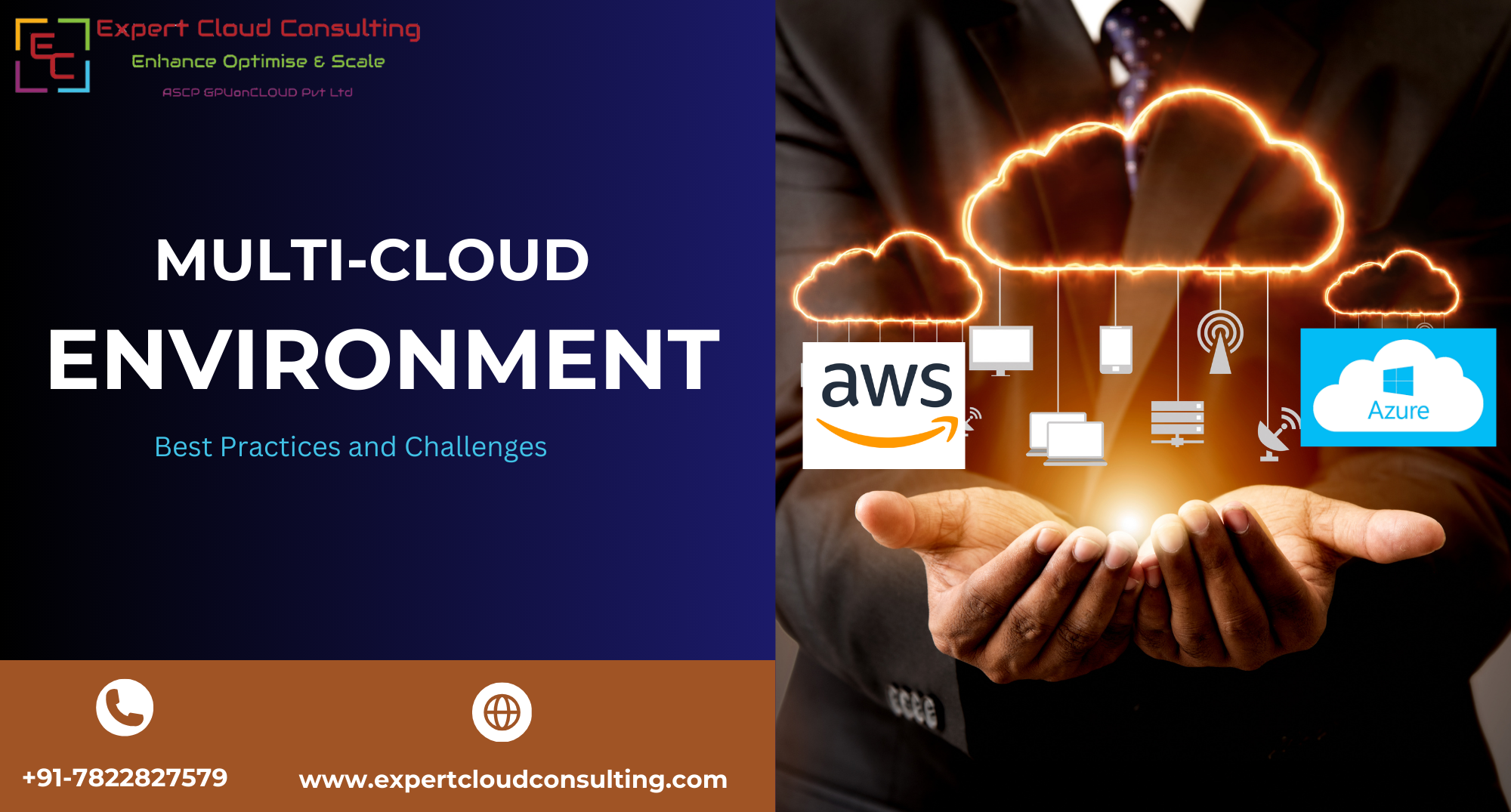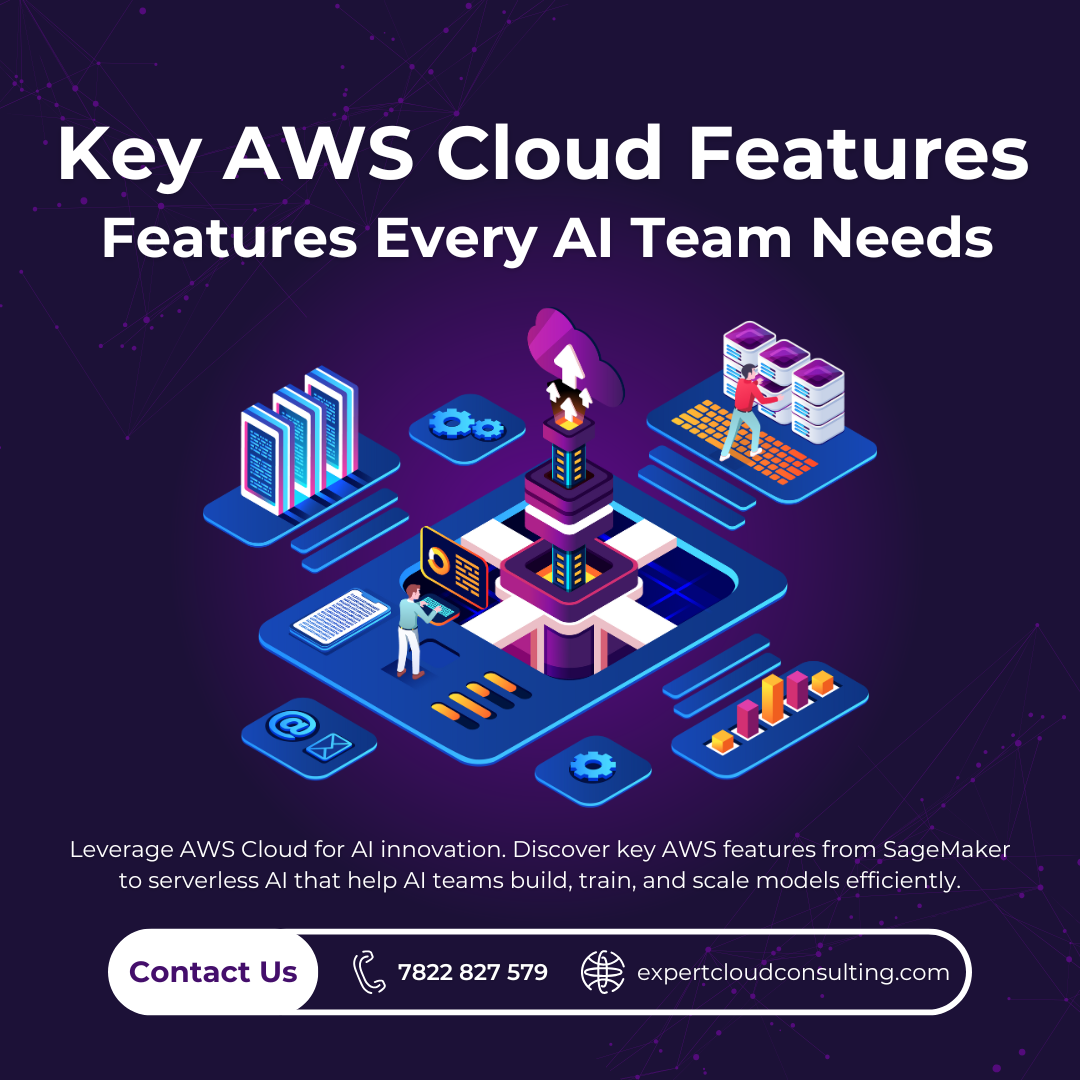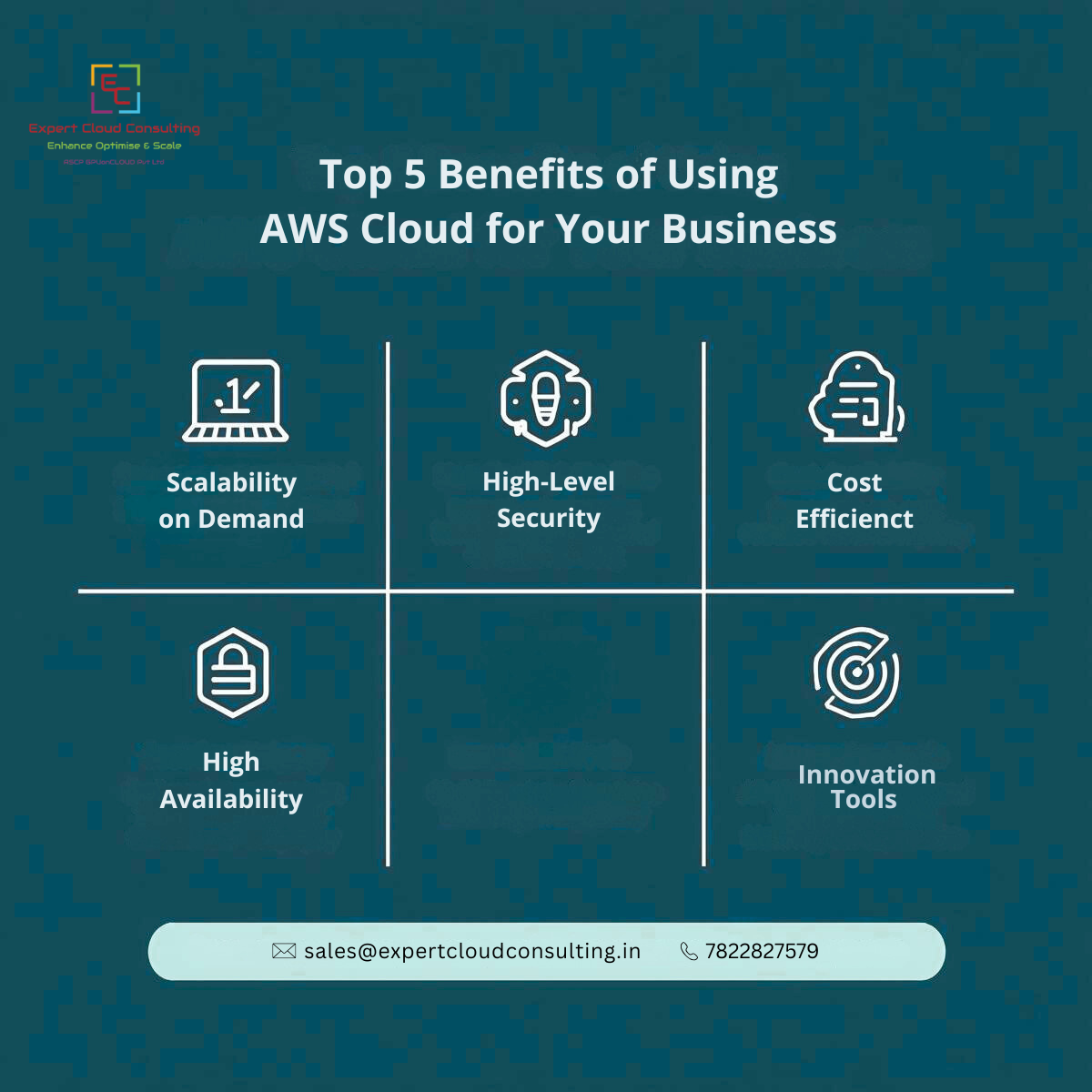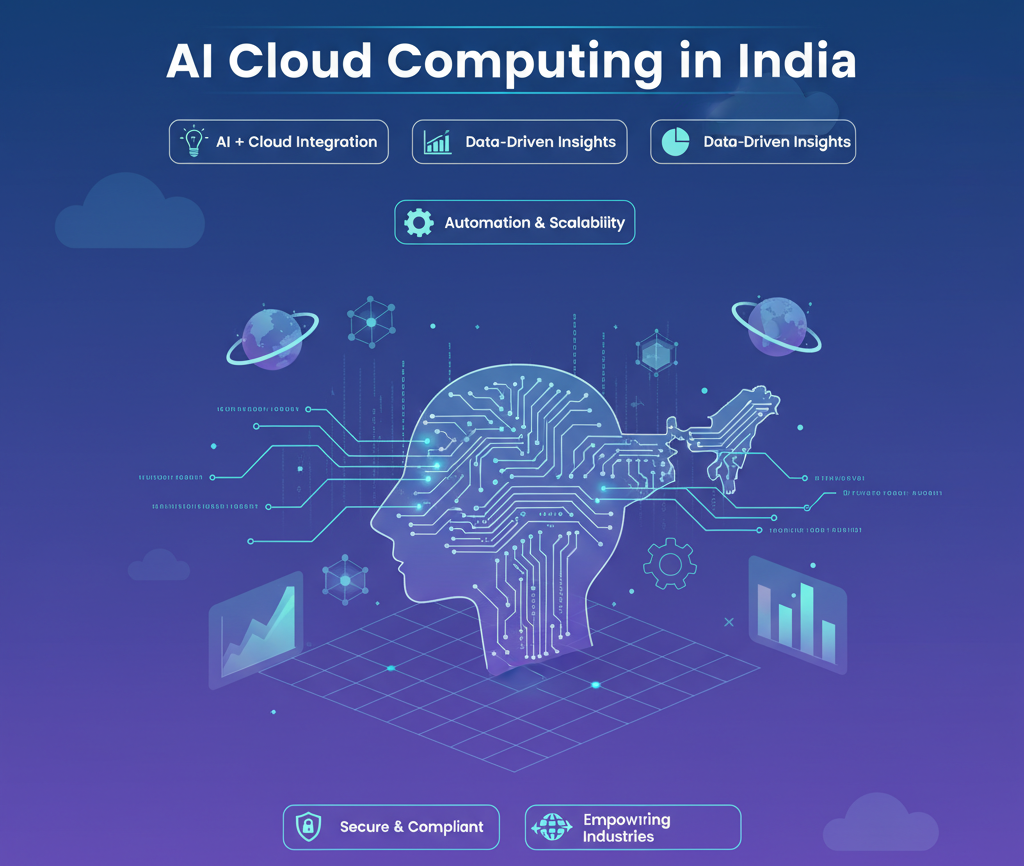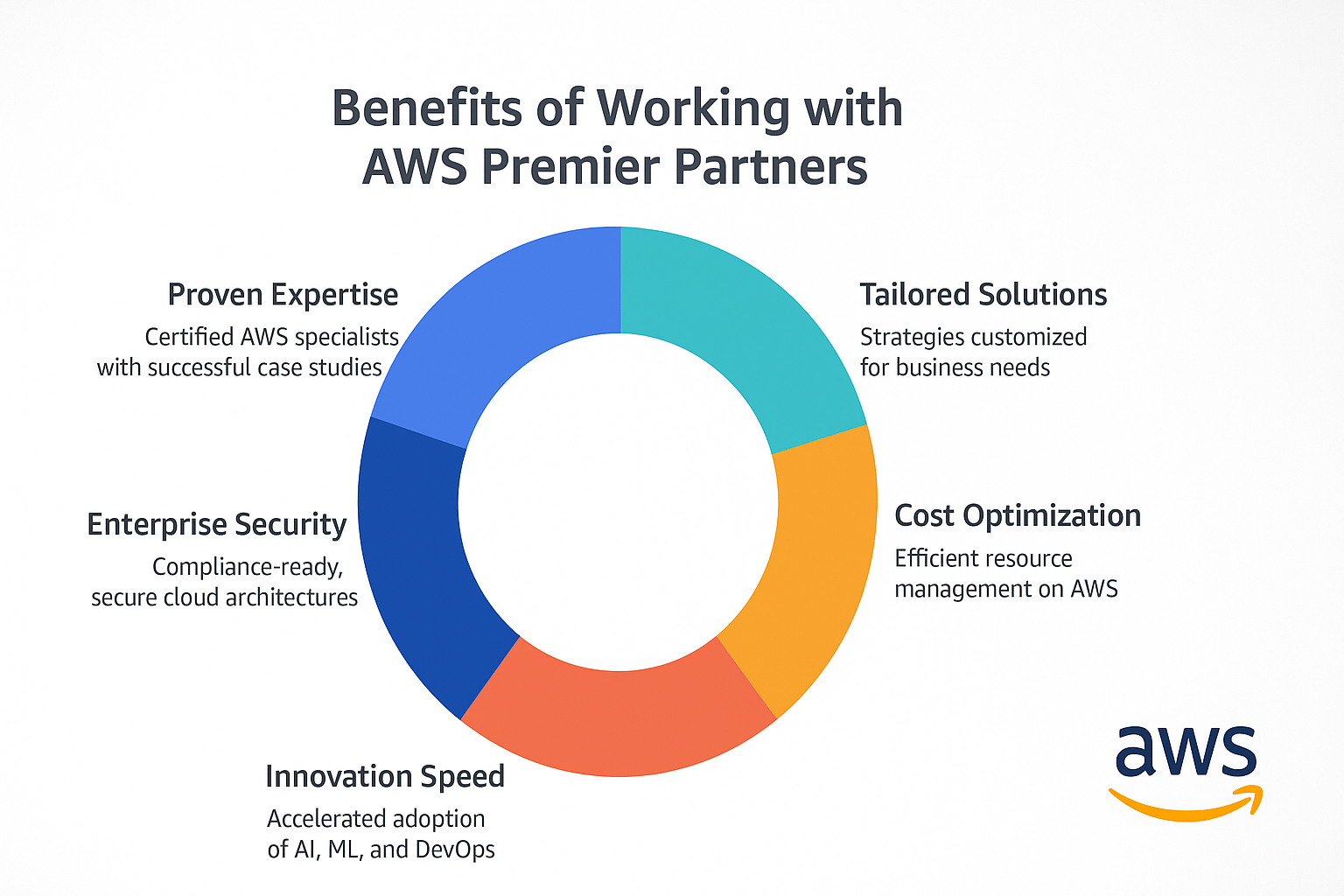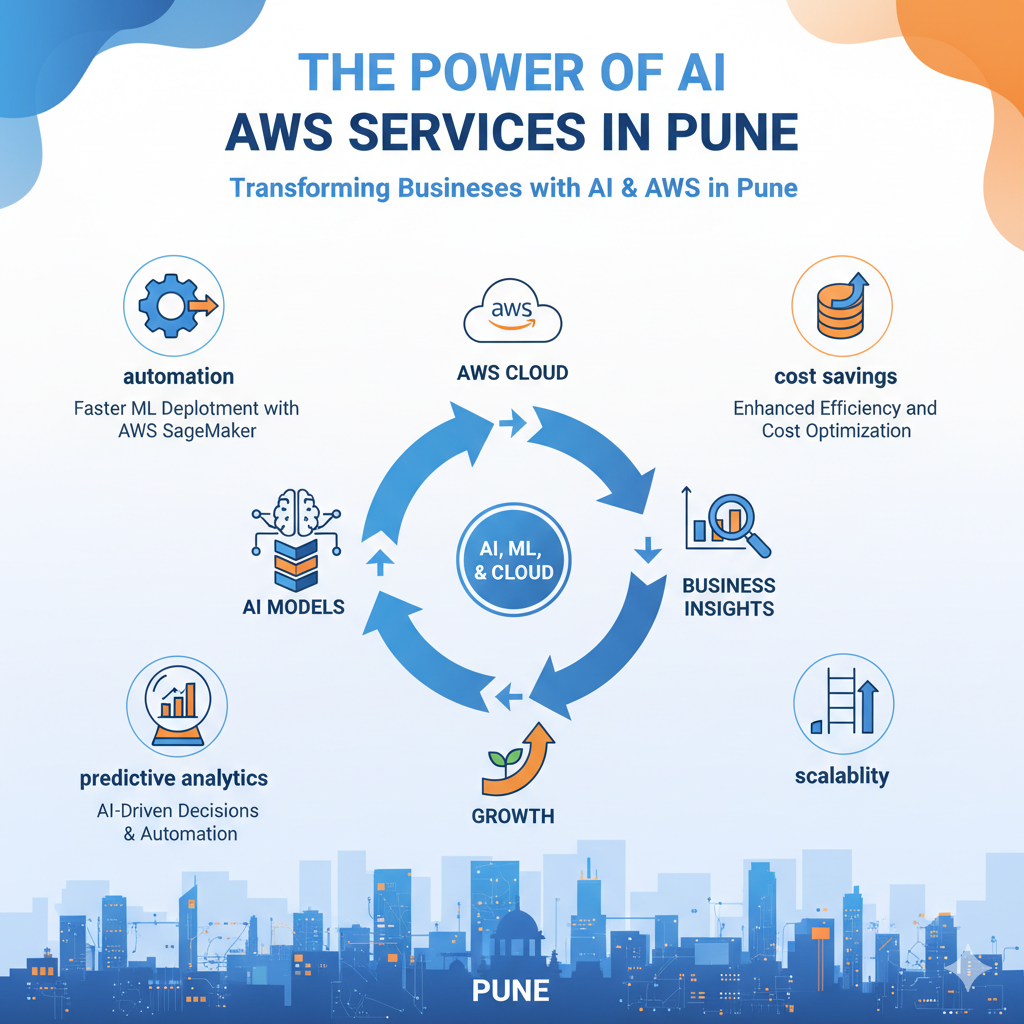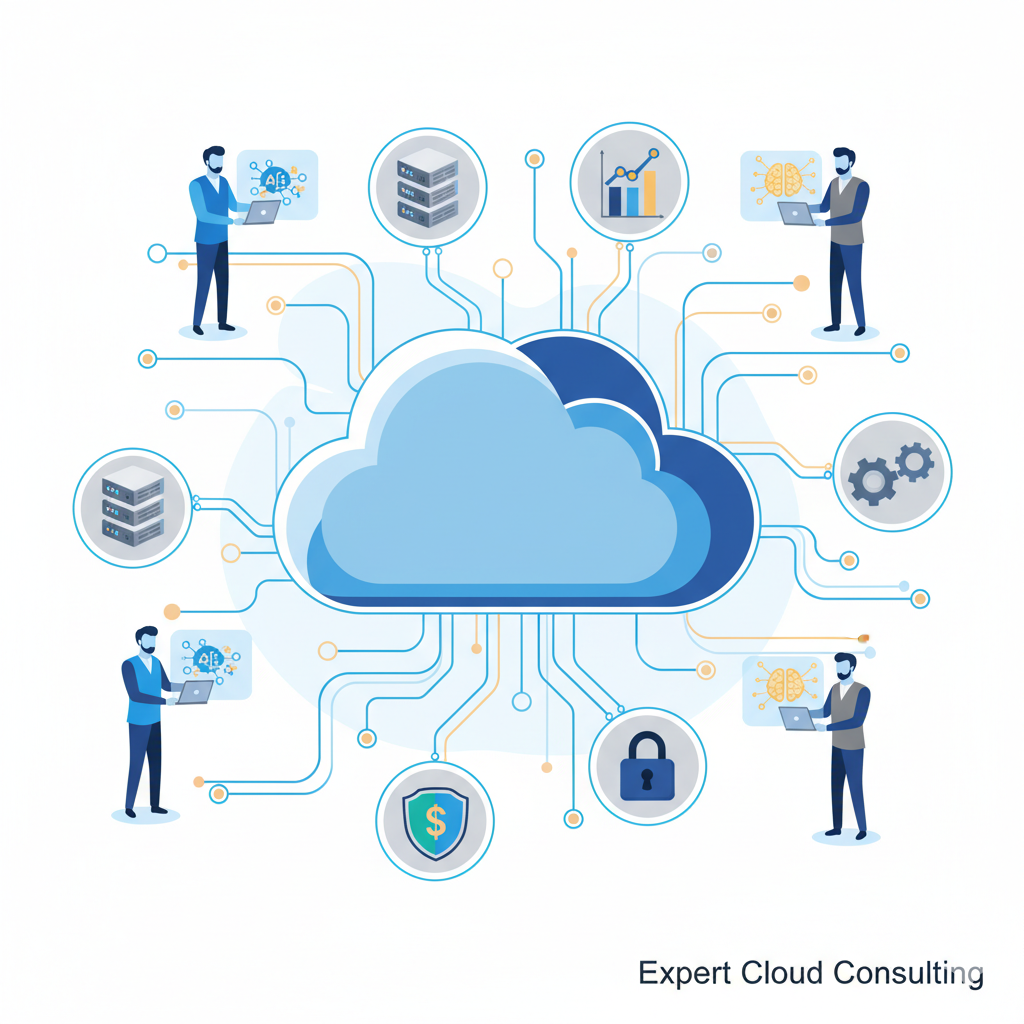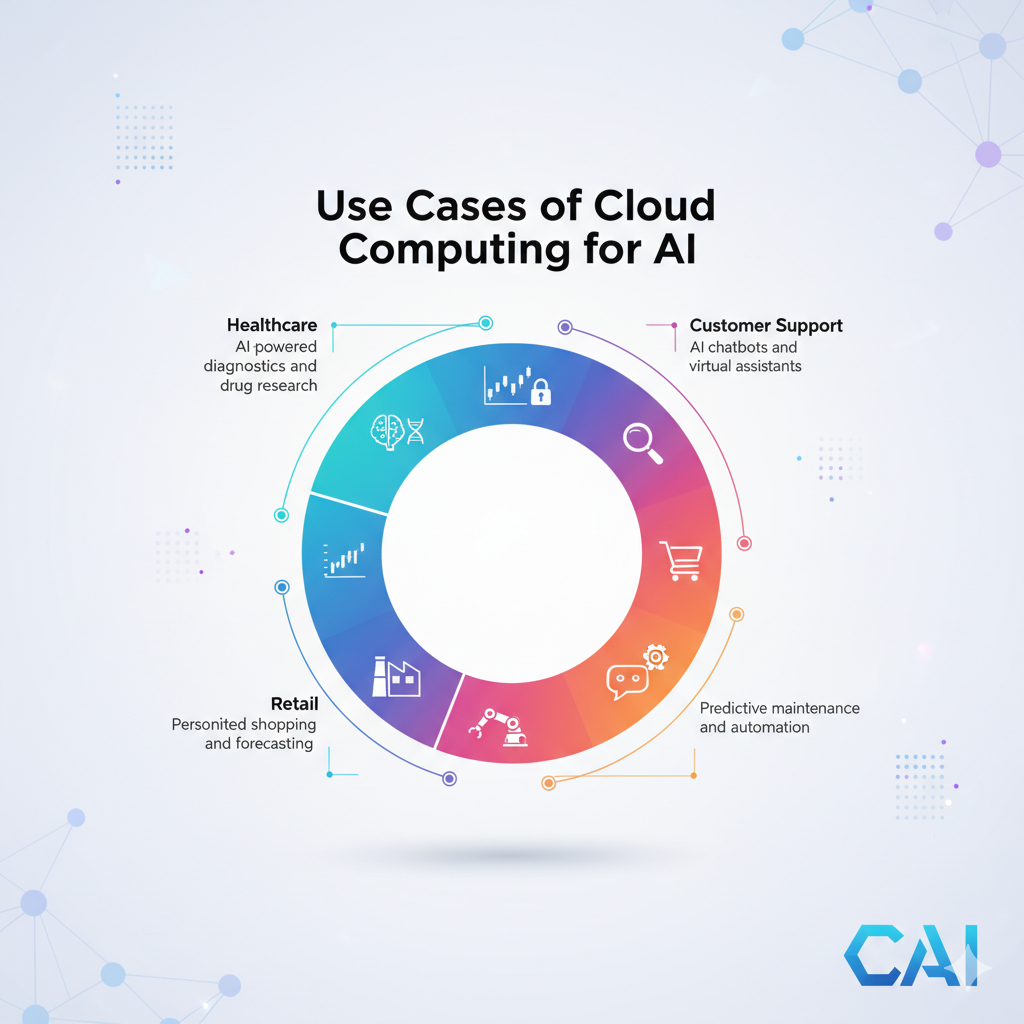- Introduction 🚀The digital transformation journey has led businesses to increasingly adopt multi-cloud environments to harness the best services and solutions available. As organizations seek greater agility, scalability, and cost-effectiveness, the focus on orchestrating multi-cloud environments has become paramount. At Expert Cloud Consulting, specializing in AWS and Azure Cloud Consulting Services and DevOps Services, we understand the complexities involved in multi-cloud orchestration. This blog explores the best practices and challenges associated with managing multi-cloud environments.The Rise of Multi-Cloud Strategies
Multi-cloud strategies involve using two or more cloud computing platforms to deliver various applications and services. By spreading workloads across multiple cloud providers, businesses can avoid vendor lock-in, improve redundancy, enhance performance, and optimize costs. However, the complexity of managing multiple cloud environments brings its own set of challenges. Here are the best practices and common challenges to consider when orchestrating multi-cloud environments.
Best Practices for Multi-Cloud Orchestration
Comprehensive Planning and AssessmentBefore embarking on a multi-cloud journey, conduct a thorough assessment of your current infrastructure, applications, and workloads. Identify which applications are best suited for which cloud environments. Understand the strengths of AWS and Azure and match them to your needs. This assessment should include evaluating network architecture, data storage requirements, and potential latency issues. By mapping out a clear strategy, you can ensure that your multi-cloud deployment aligns with your business goals and technical requirements.
- Unified Management Tools 🔄
Utilize unified management tools to oversee your multi-cloud environment. Platforms like Kubernetes, Terraform, and cloud management platforms (CMPs) provide a single pane of glass for managing resources across AWS and Azure. These tools help in maintaining consistency, security, and compliance across different cloud providers. Additionally, adopting Infrastructure as Code (IaC) practices can automate the provisioning and management of resources, further streamlining operations.
Automate your CI/CD pipelines using tools like Jenkins, GitLab CI/CD, or Azure DevOps. Automation reduces human error, speeds up deployments, and ensures that applications are consistently and reliably deployed across different cloud environments.
- Security and Compliance
Implement a robust security strategy that spans all cloud environments. Use identity and access management (IAM) policies, encryption, and regular security audits. Ensure compliance with industry regulations by leveraging services like AWS Security Hub and Azure Security Center, which offer continuous monitoring and compliance management. It's also critical to establish a centralized logging and monitoring system to detect and respond to security incidents promptly.
- Cost Optimization
Regularly monitor and optimize cloud costs. Use tools like AWS Cost Explorer and Azure Cost Management to track spending and identify opportunities for cost savings. Implementing a tagging strategy can help you allocate costs accurately across different departments or projects. Consider adopting a multi-cloud cost management solution that provides a unified view of your expenses, enabling more effective budgeting and forecasting.
- Disaster Recovery and High Availability
Design your multi-cloud environment with disaster recovery and high availability in mind. Leverage the strengths of different cloud providers to create a resilient architecture. For example, use Azure Site Recovery for disaster recovery and AWS Elastic Load Balancing to distribute traffic across multiple instances. Implementing cross-region replication and failover mechanisms can further enhance the robustness of your disaster recovery plan.
Challenges of Multi-Cloud Orchestration
- Disaster Recovery and High Availability
Challenges of Multi-Cloud Orchestration
- Managing multiple cloud environments introduces significant complexity. Each cloud provider has its own set of tools, services, and APIs. Integrating these disparate systems requires careful planning and expertise. Utilizing middleware and integration platforms can help bridge the gap between different cloud services, but it often demands a deep understanding of each platform’s capabilities and limitations.
- Data Security and Privacy
- Ensuring data security and privacy across multiple clouds is challenging. Different providers have varying security protocols, which can complicate efforts to maintain consistent security policies and compliance. Implementing a unified security strategy that includes data encryption, access controls, and regular security audits is essential. Additionally, staying updated with compliance requirements and ensuring that all providers meet these standards is crucial for protecting sensitive information.
- Data Security and Privacy
- Skill Gaps
- Organizations often face skill gaps when dealing with multi-cloud environments. Having a team that is proficient in both AWS and Azure is crucial. Continuous training and hiring experienced professionals can mitigate this challenge. Investing in certifications and professional development programs can help build a knowledgeable team capable of managing the intricacies of multi-cloud deployments.
Vendor Lock-In- While a multi-cloud strategy aims to avoid vendor lock-in, there is still a risk of dependency on specific cloud services that are difficult to migrate. It's essential to architect your applications in a way that minimizes dependencies on proprietary services. Adopting open standards and ensuring that your applications are portable can reduce the risk of lock-in and facilitate easier migration between providers if necessary.
- Organizations often face skill gaps when dealing with multi-cloud environments. Having a team that is proficient in both AWS and Azure is crucial. Continuous training and hiring experienced professionals can mitigate this challenge. Investing in certifications and professional development programs can help build a knowledgeable team capable of managing the intricacies of multi-cloud deployments.
- Achieving optimal performance across multiple cloud environments can be challenging. It requires constant monitoring, tweaking, and balancing workloads to ensure that applications run efficiently. Implementing performance monitoring tools and conducting regular performance assessments can help identify bottlenecks and optimize resource allocation. Additionally, using edge computing and content delivery networks (CDNs) can enhance performance by reducing latency and improving load times.
- Performance Optimization
Conclusion
Orchestrating multi-cloud environments is a powerful strategy that offers numerous benefits, including flexibility, redundancy, and cost optimization. However, it comes with its own set of challenges. By following best practices such as comprehensive planning, using unified management tools, automating DevOps pipelines, ensuring security and compliance, optimizing costs, and planning for disaster recovery, businesses can navigate these challenges effectively.
At Expert Cloud Consulting, we are committed to helping you achieve and maintain continuous compliance. Our expertise in AWS and Azure Cloud Consulting Services and DevOps Services ensures that your cloud infrastructure remains secure, compliant, and optimized for performance. Partner with us to navigate the complexities of cloud compliance and focus on what you do best—growing your business.


